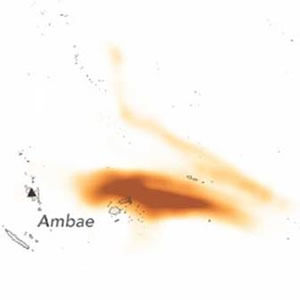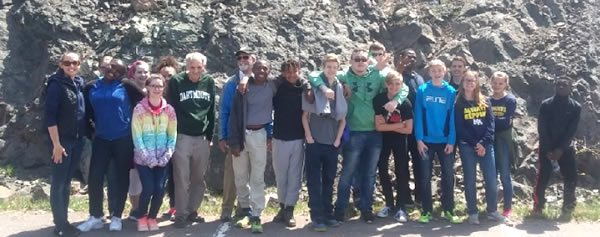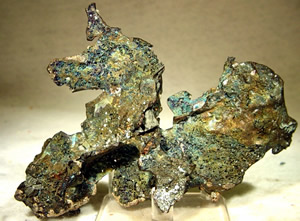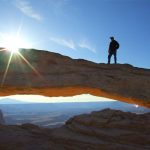 Michigan Tech’s Department of Geological and Mining Engineering and Sciences was listed as a Bridge Program partner institution in the article “AGU’s Bridge Program Creates Opportunities for Underrepresented Students,” in Earth, Space and Science News.
Michigan Tech’s Department of Geological and Mining Engineering and Sciences was listed as a Bridge Program partner institution in the article “AGU’s Bridge Program Creates Opportunities for Underrepresented Students,” in Earth, Space and Science News.
In the first round of applications to the Bridge Program, AGU received 52 applications from institutions wishing to become Bridge Partners—these applicants represent 20% of the 250 active Earth and space science graduate programs in the United States. From those applications, 14 institutions were chosen as Bridge Program partners and will be featured on the AGU and AGU Bridge Program websites.
Read more at Earth, Space and Science News, by Chris McEntee.
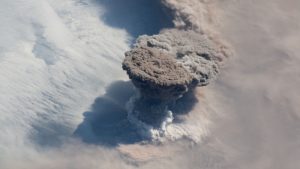
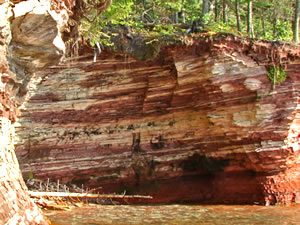
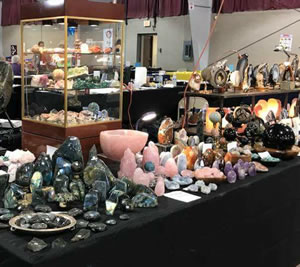
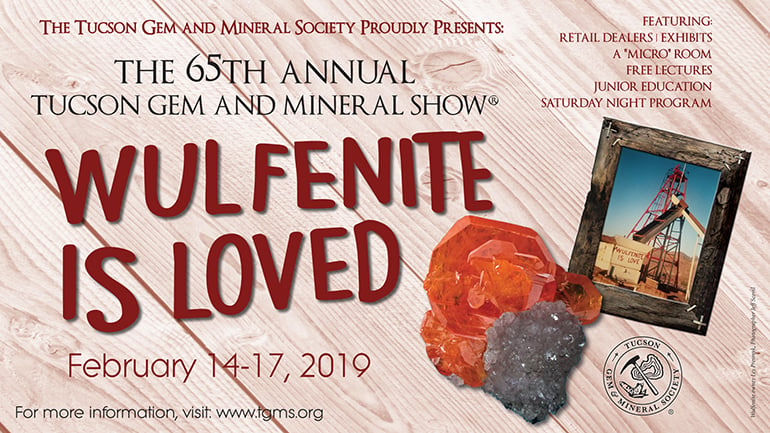
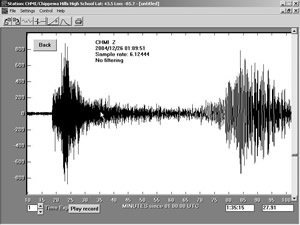 Kazuya Fujita, a professor in the Department of Earth and Environmental Sciences at Michigan State University, has been awarded the 2019
Kazuya Fujita, a professor in the Department of Earth and Environmental Sciences at Michigan State University, has been awarded the 2019 